Weather Map Worksheet
A weather map worksheet is a valuable educational tool designed to help students understand and analyze weather patterns. By focusing on the entity of a weather map and the subject of weather patterns, this worksheet is ideal for students who are interested in meteorology or are studying Earth sciences.
Table of Images 👆
More Other Worksheets
Kindergarten Worksheet My RoomSpanish Verb Worksheets
Cooking Vocabulary Worksheet
DNA Code Worksheet
Meiosis Worksheet Answer Key
Art Handouts and Worksheets
7 Elements of Art Worksheets
All Amendment Worksheet
Symmetry Art Worksheets
Daily Meal Planning Worksheet
What is a weather map?
A weather map is a graphical representation of various weather data, such as temperature, precipitation, wind speed, and pressure, over a specific geographic area. Weather maps are used by meteorologists to analyze current weather conditions and to forecast future weather patterns. They help in understanding and predicting the movement of weather systems, enabling the communication of weather information to the public for planning and safety purposes.
What are the different symbols used on a weather map and what do they represent?
Different symbols used on a weather map include H for high pressure systems, L for low pressure systems, cold front represented by a blue line with triangles pointing in the direction the front is moving, warm front with a red line with semicircles pointing in the direction the front is moving, stationary front with alternating blue and red lines, and occluded front with a purple line with alternating triangles and semicircles. These symbols help to illustrate the location of different types of weather systems and their movements across a map.
How is temperature typically represented on a weather map?
Temperature is typically represented on a weather map using color-coded contour lines or shading to indicate areas of different temperature ranges. Warmer temperatures are usually represented by shades of red, orange, or yellow, while cooler temperatures are represented by shades of blue or green. Temperature values are often provided in key or legend on the map to help viewers interpret the information easily.
What do isobars on a weather map indicate?
Isobars on a weather map indicate lines of equal atmospheric pressure, connecting points of the same pressure. They are used to show areas of high and low pressure, as well as pressure gradients and systems such as lows and highs, which can help meteorologists make forecasts and understand weather patterns.
How is precipitation usually displayed on a weather map?
Precipitation is typically displayed on a weather map using various symbols such as raindrops for rain, snowflakes for snow, and a mix of both for wintry precipitation. The intensity of precipitation is often shown by different colors or shading, with darker shades indicating heavier precipitation. Additionally, weather maps may also include contours or gradient lines to depict the areas where precipitation is expected to be concentrated, helping viewers understand the distribution and movement of rainfall or snow across the map.
What do the arrows on a weather map represent?
The arrows on a weather map represent wind direction and speed. Wind direction is indicated by the direction the arrows are pointing, while the length and thickness of the arrows typically represent wind speed. This information is crucial for understanding how weather patterns are moving across the map and can help in predicting upcoming weather conditions.
What does a front on a weather map indicate?
A front on a weather map indicates the boundary between two air masses with different temperatures, humidity levels, and pressures. It is where significant weather changes typically occur, such as rain, thunderstorms, or temperature shifts. There are different types of fronts, including cold fronts, warm fronts, stationary fronts, and occluded fronts, each affecting the weather in distinct ways.
How are high-pressure systems represented on a weather map?
High-pressure systems are represented on a weather map by the letter "H" with an area of high pressure usually marked by a blue "H" symbol. These systems typically indicate dry and stable weather conditions with clear skies and light winds. High-pressure systems are associated with good weather and often bring fair conditions to an area.
What do different colors on a weather map usually indicate?
Different colors on a weather map usually indicate various weather conditions such as temperature, precipitation, cloud cover, and wind speed. For example, warm colors like red and orange often represent higher temperatures, while blue and purple may indicate cooler temperatures. Green typically represents precipitation, while gradients in color can show different levels of cloud cover or wind intensity.
How can a weather map be used to predict future weather conditions?
A weather map can be used to predict future weather conditions by analyzing current weather patterns, such as temperature, pressure systems, and wind direction, to identify trends and potential changes in the weather. By using advanced meteorological models, forecasters can interpret the data on the weather map to make predictions about future conditions, including precipitation, cloud cover, and temperature fluctuations, helping to inform people about upcoming weather events and prepare for potential impacts.
Have something to share?
Who is Worksheeto?
At Worksheeto, we are committed to delivering an extensive and varied portfolio of superior quality worksheets, designed to address the educational demands of students, educators, and parents.

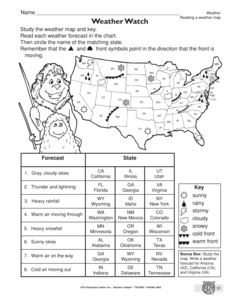



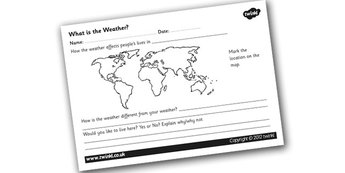
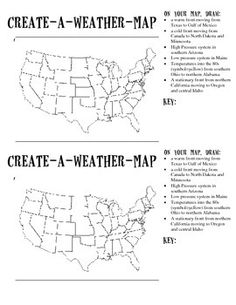
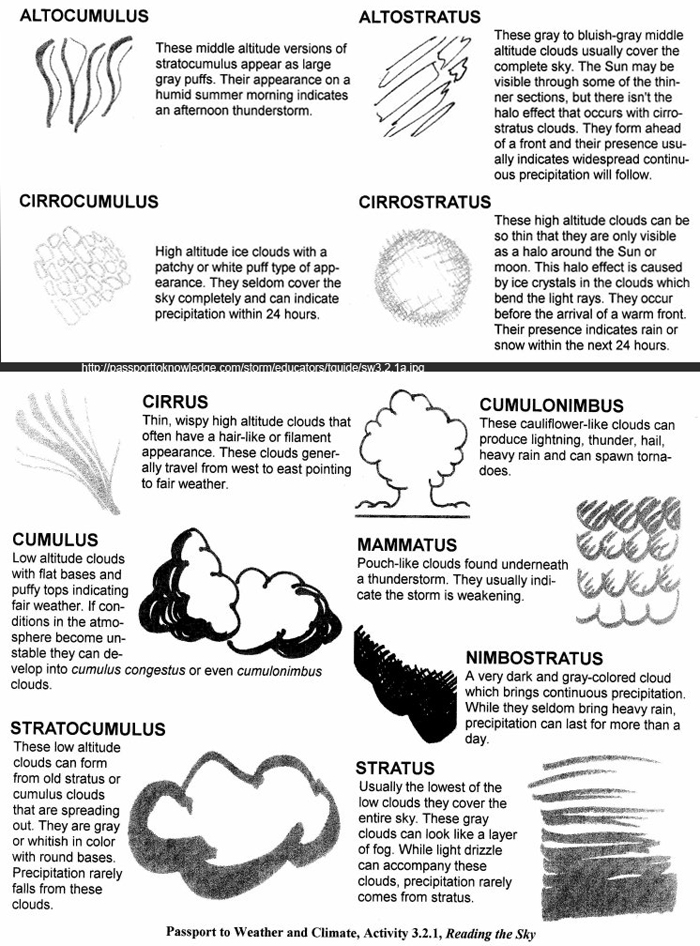
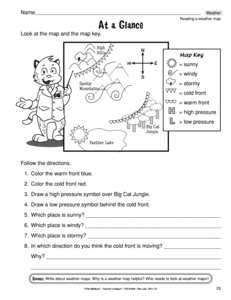

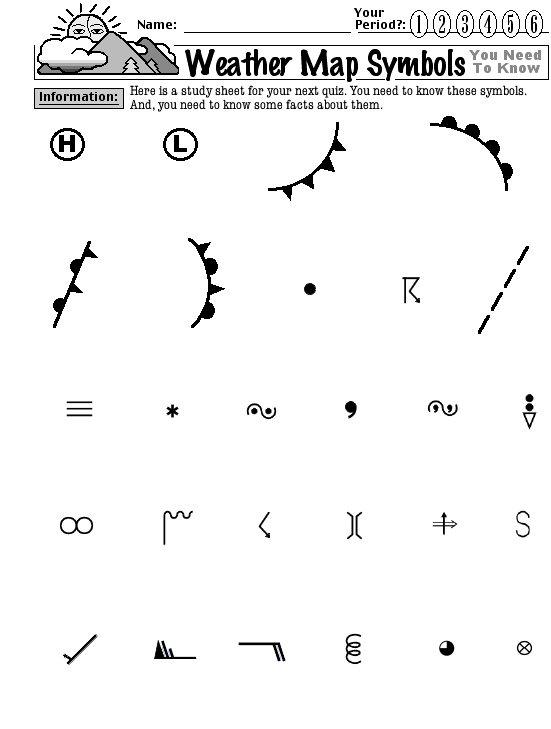
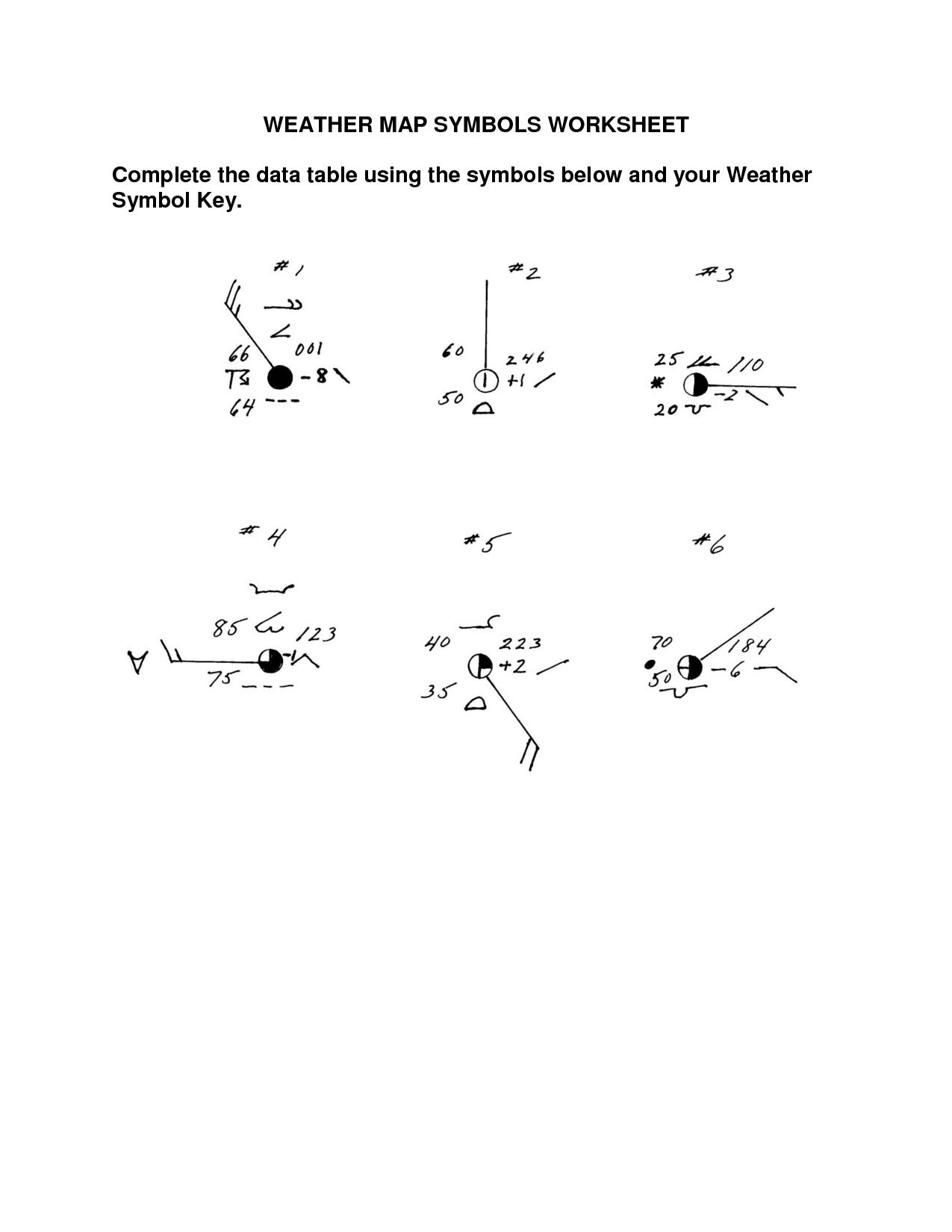
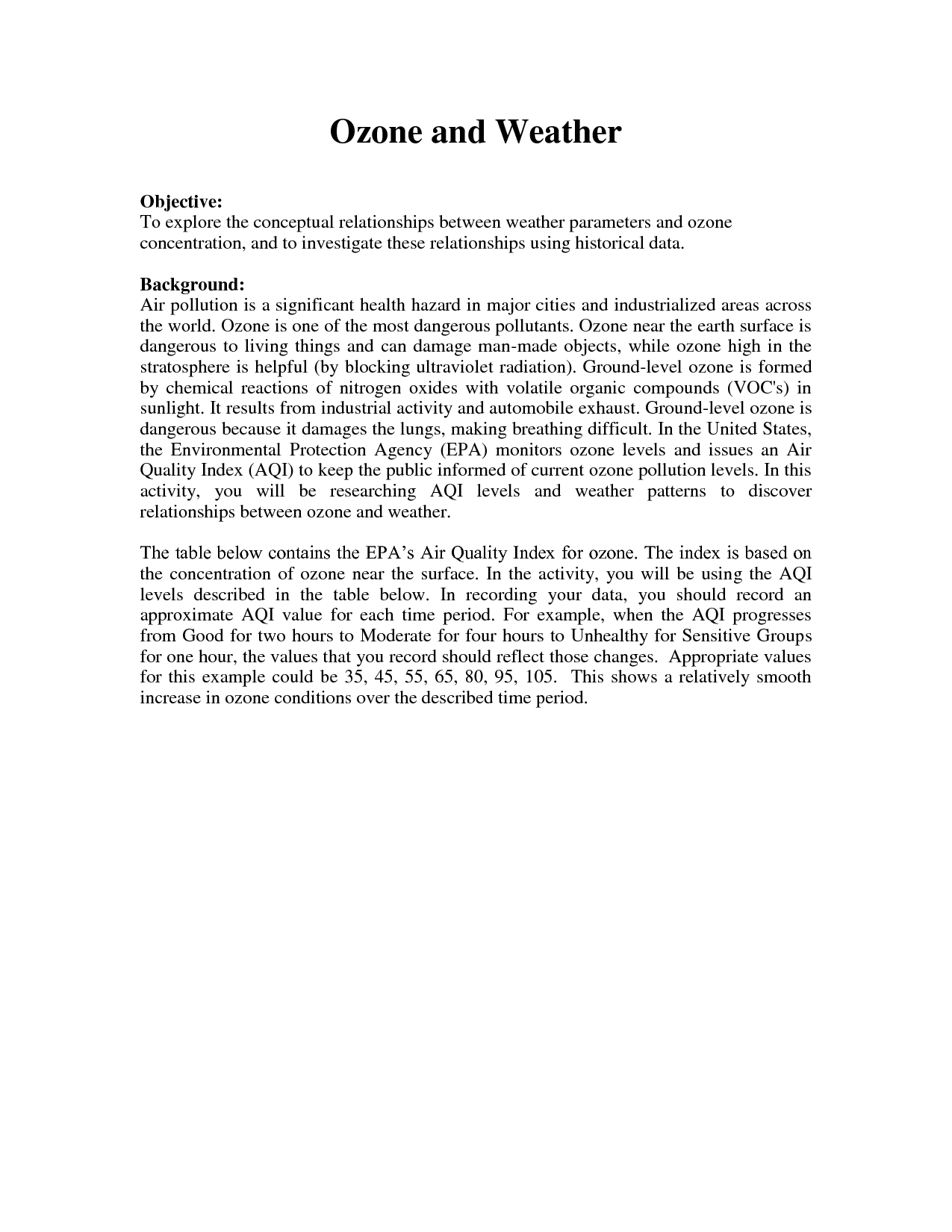
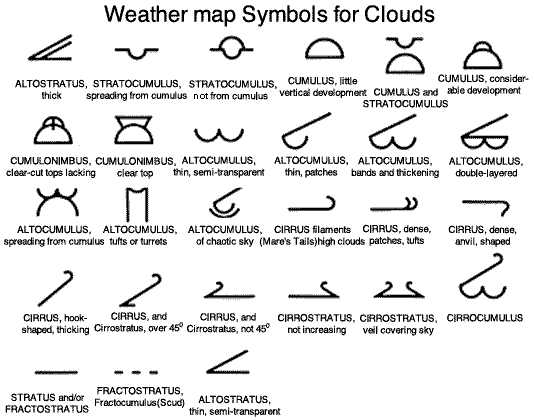
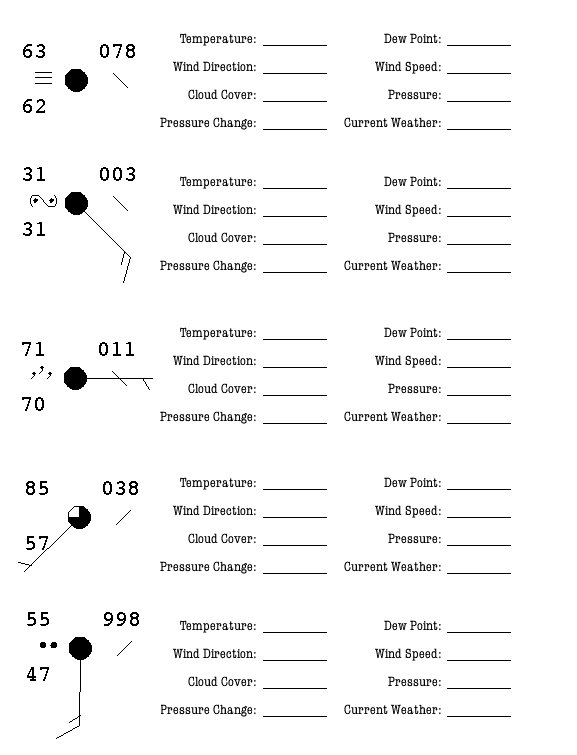
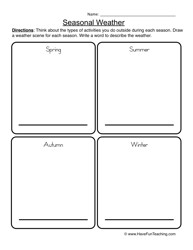














Comments